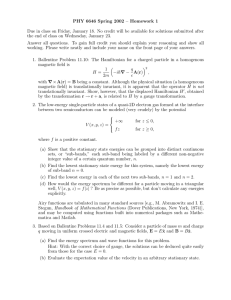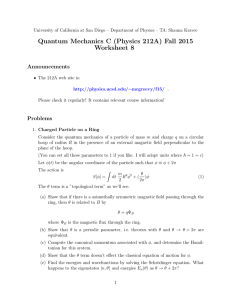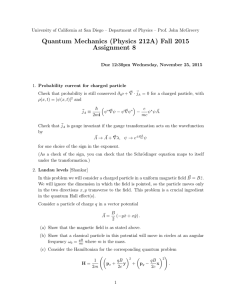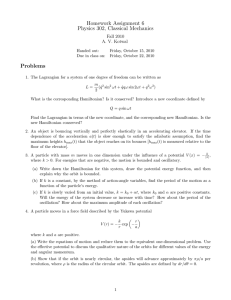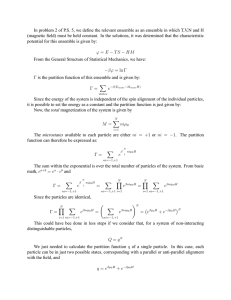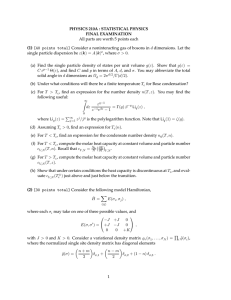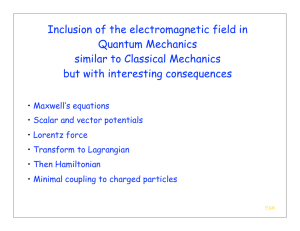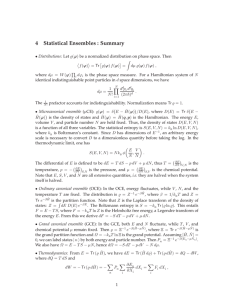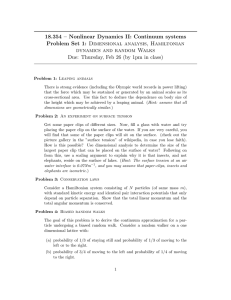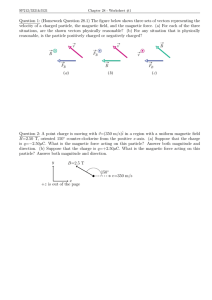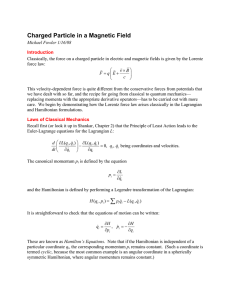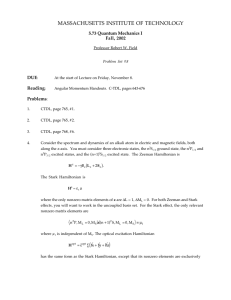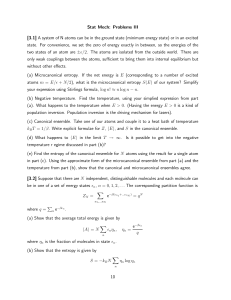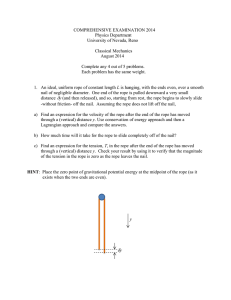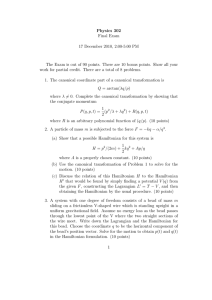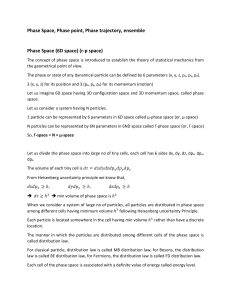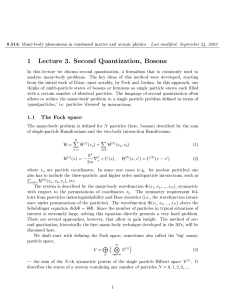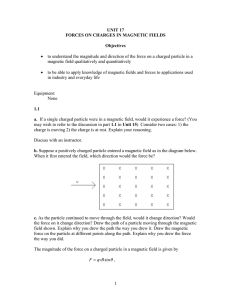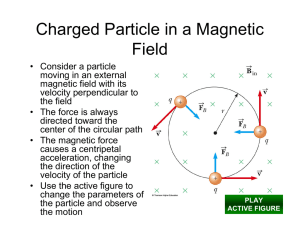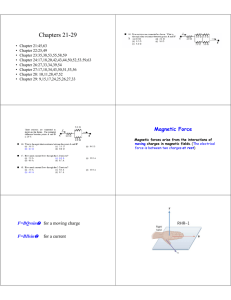(1)
advertisement
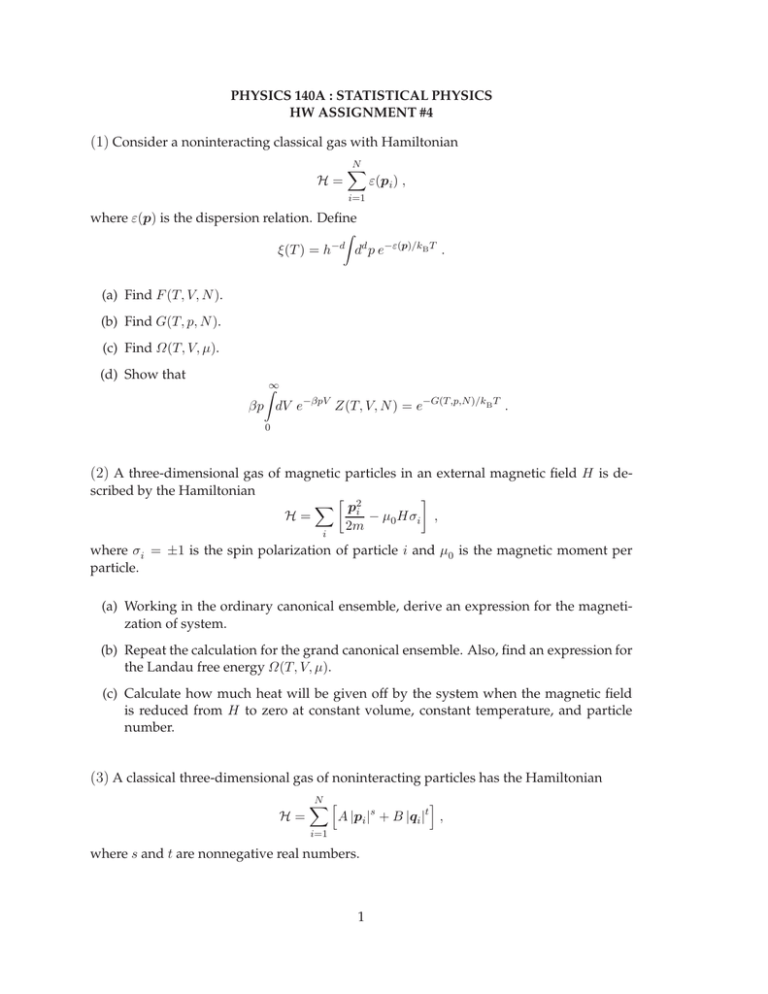
PHYSICS 140A : STATISTICAL PHYSICS HW ASSIGNMENT #4 (1) Consider a noninteracting classical gas with Hamiltonian H= N X ε(pi ) , i=1 where ε(p) is the dispersion relation. Define Z ξ(T ) = h−d dd p e−ε(p)/kB T . (a) Find F (T, V, N ). (b) Find G(T, p, N ). (c) Find Ω(T, V, µ). (d) Show that Z∞ βp dV e−βpV Z(T, V, N ) = e−G(T,p,N )/kB T . 0 (2) A three-dimensional gas of magnetic particles in an external magnetic field H is described by the Hamiltonian H= X p2 i i 2m − µ0 Hσi , where σi = ±1 is the spin polarization of particle i and µ0 is the magnetic moment per particle. (a) Working in the ordinary canonical ensemble, derive an expression for the magnetization of system. (b) Repeat the calculation for the grand canonical ensemble. Also, find an expression for the Landau free energy Ω(T, V, µ). (c) Calculate how much heat will be given off by the system when the magnetic field is reduced from H to zero at constant volume, constant temperature, and particle number. (3) A classical three-dimensional gas of noninteracting particles has the Hamiltonian H= N h X i=1 i A |pi |s + B |qi |t , where s and t are nonnegative real numbers. 1 (a) Find the free energy F (T, V, N ). (b) Find the average energy E(T, V, N ). (c) Find the grand potential Ω(T, V, µ). R∞ Remember the definition of the Gamma function, Γ(z) = du uz−1 e−u . −∞ (4) A gas of nonrelativistic particles of mass m is held in a container at constant pressure p and temperature T . It is free to exchange energy with the outside world, but the particle number N remains fixed. Compute the variance in the system volume, Var(V ), and the ratio (∆V )rms /hV i. Use the Gibbs ensemble. 2
